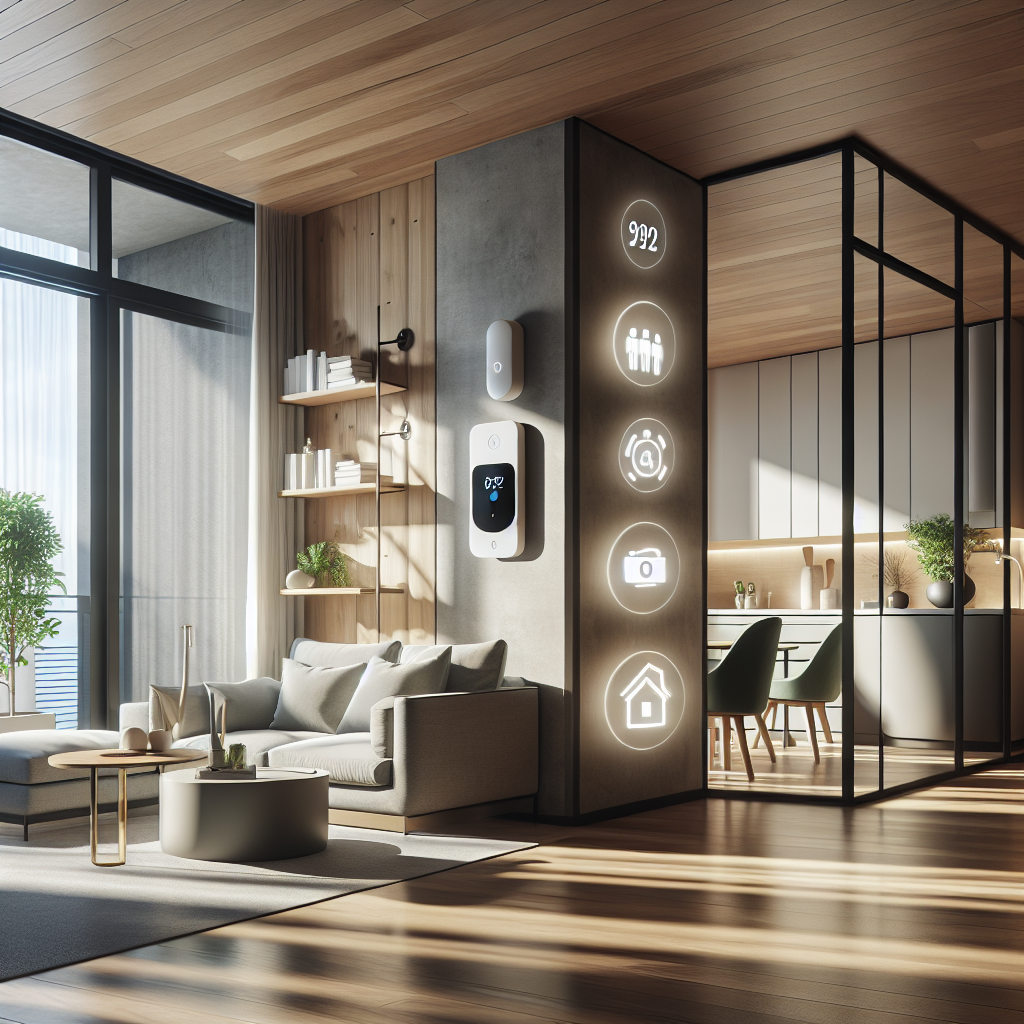Selling a lived-in home can be a daunting task, especially when it’s filled with personal touches and memories. However, transforming your lived-in space into a must-have property for potential buyers is entirely achievable with the right depersonalization strategies. In this guide, we’ll explore effective techniques for minimizing personalization and maximizing the appeal of your home to attract buyers and secure a successful sale.
The Importance of Depersonalization
Depersonalization is the process of removing personal items and elements from your home to create a neutral and inviting environment that appeals to a wide range of potential buyers. By depersonalizing your home, you allow buyers to envision themselves living in the space, rather than feeling like they’re intruding on someone else’s home. This is essential for maximizing the appeal of your property and increasing your chances of a quick and profitable sale.
Tips for Transforming Your Lived-in Home
1. Declutter and Depersonalize
Start by decluttering your home and removing personal items such as family photos, memorabilia, and personal collections. Pack these items away in storage boxes to create a clean and clutter-free environment that allows buyers to focus on the features of the home rather than your personal belongings.
2. Neutralize Decor
Opt for neutral decor and color schemes throughout your home to create a blank canvas that appeals to a broad range of tastes and preferences. Neutralizing decor allows buyers to envision their own style and furnishings in the space, rather than being distracted by your personal taste.
3. Stage for Mass Appeal
Consider hiring a professional stager to help stage your home for sale. A professional stager can rearrange furniture, add accessories, and create inviting spaces that maximize the appeal of your home to potential buyers. Staging helps buyers visualize themselves living in the space and can significantly increase your home’s perceived value.
4. Highlight Key Features
Focus on highlighting the key features of your home, such as architectural details, natural light, and functional spaces. Remove any excessive personalization that detracts from these features and showcase them in the best possible light to attract buyers’ attention.
5. Clean and Refresh
Finally, ensure that your home is clean, well-maintained, and refreshed before listing it for sale. This includes addressing any minor repairs or cosmetic issues, such as chipped paint or outdated fixtures, that could turn off potential buyers. A clean and refreshed home creates a positive first impression and enhances its overall appeal.
Conclusion
Transforming your lived-in home into a must-have property for potential buyers is entirely achievable with the right depersonalization strategies. By decluttering, neutralizing decor, staging for mass appeal, highlighting key features, and cleaning and refreshing your home, you can maximize its appeal and increase your chances of a successful sale. Whether you’re preparing to sell your home or working with clients in the real estate market, implementing these techniques can make all the difference in attracting buyers and securing a profitable sale.


